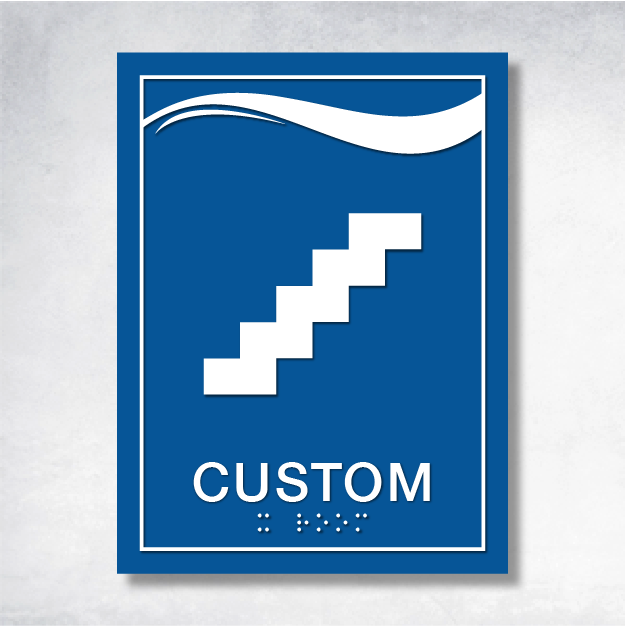ADA Signage: Crafting a Pathway to Accessibility and Compliance
Imagine a world where every sign is a beacon of guidance, ensuring that everyone, regardless of their abilities, can navigate spaces with ease. For up to 20 million visually impaired Americans, ADA signage is not just a convenience—it's a necessity. These signs are the unsung heroes of accessibility, paving the way for inclusivity and compliance with legal standards. Dive into our seven essential tips for designing ADA-compliant signage that not only meets regulations but also enhances accessibility for all.
The Art of ADA Requirements
Creating ADA signage is akin to crafting a masterpiece. Each sign must adhere to specific visual and tactile standards, ensuring accessibility for individuals with disabilities. Think of features like raised tactile lettering, Grade 2 Braille, and a striking contrast between text and background. These elements are not mere guidelines; they are the building blocks of inclusive environments. With approximately 20 million Americans facing visual impairments, the importance of compliant signage cannot be overstated. By embracing these standards, businesses and public spaces can transform navigation into an inclusive experience.
Designing for Compliance: A Creative Endeavor
Designing ADA-compliant signage is a creative endeavor that requires a keen understanding of accessibility-focused design elements. High contrast and tactile features are not just technical requirements—they are the heart of effective signage. Picture a bustling hospital or a vibrant school, where compliant signage guides individuals with clarity and precision. When pondering how to design ADA compliant signage, it's crucial to weave these elements seamlessly into your designs. Visual aids, such as charts or images with descriptive alt text, can further enhance understanding and accessibility. For a deeper dive into design tips, explore our related content on ADA signage best practices here.
Embracing the Future: ADA Compliance in 2025
As we look to the future, the 2025 updates to ADA standards promise to usher in a new era of accessibility. These changes, including enhanced visibility and stricter contrast requirements, are set to revolutionize how businesses and public spaces approach signage. Industry experts anticipate a shift towards more dynamic and adaptable solutions, pushing the boundaries of innovation. For those eager to stay ahead of the curve, authoritative sources like the U.S. Access Board and JPPlus offer a wealth of insights and guidance on these evolving standards.
Crafting a Legacy of Inclusivity
In the grand tapestry of accessibility, designing ADA-compliant signage is a vital thread. By understanding and implementing elements like raised lettering, Braille, and high contrast, you can create signage that is both accessible and inclusive. These seven tips are your guide to navigating the complexities of ADA requirements and compliance, ensuring your signage stands as a testament to inclusivity. We invite you to explore more content on ADA signage or share your experiences in the comments below. Together, by reinforcing key aspects of ADA requirements and ADA compliance, we can craft a legacy of accessibility for everyone.
In this journey towards a more inclusive future, let your signage be the guiding light that illuminates the path for all.









